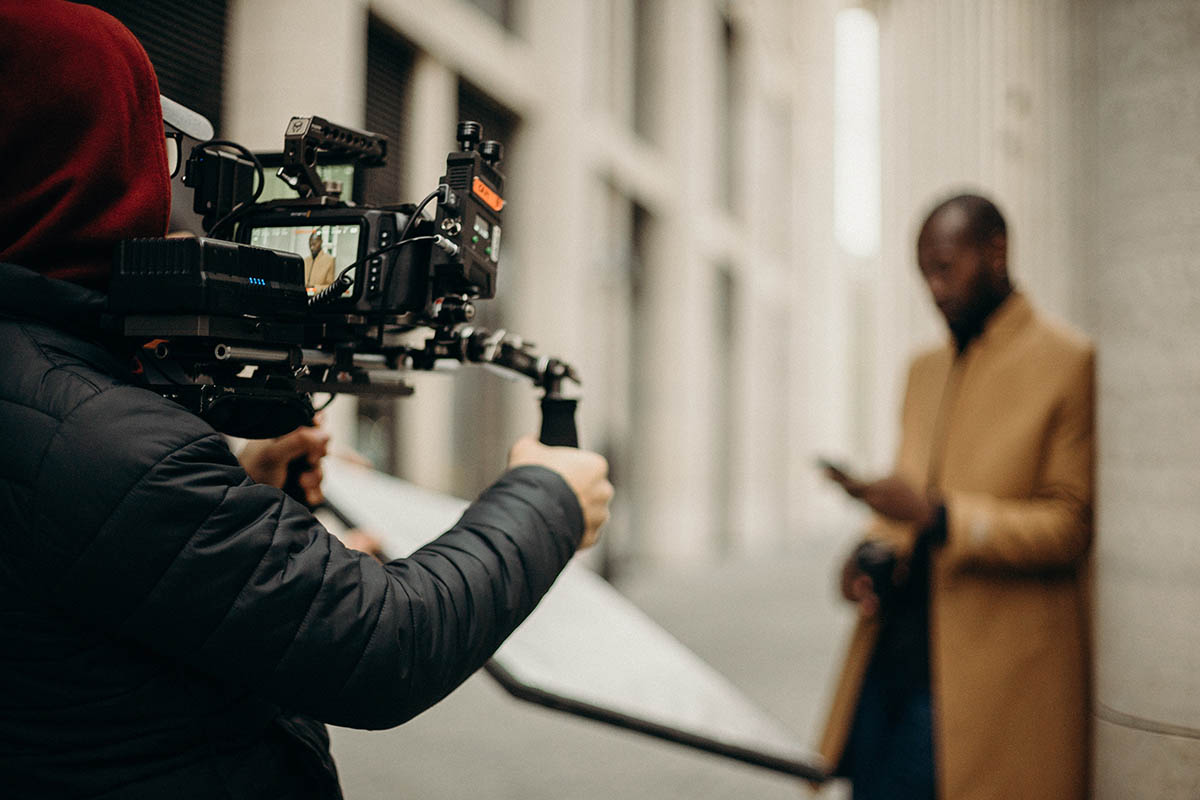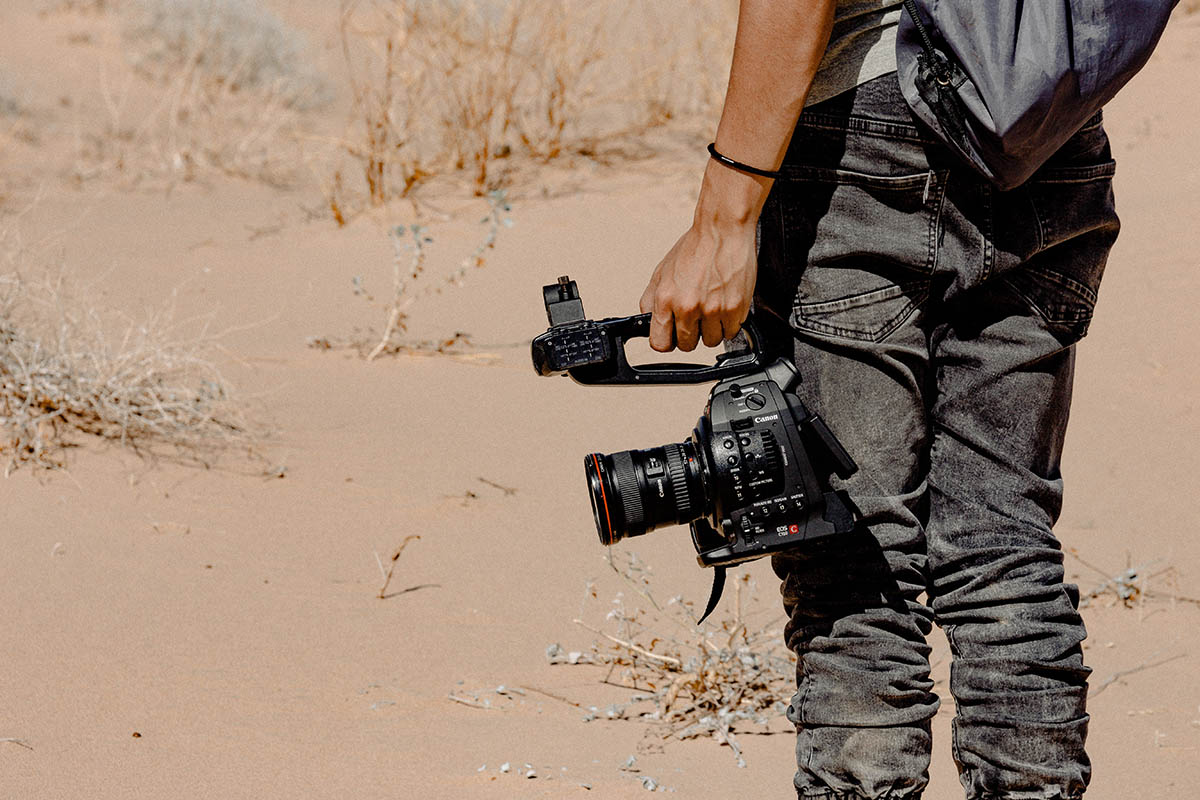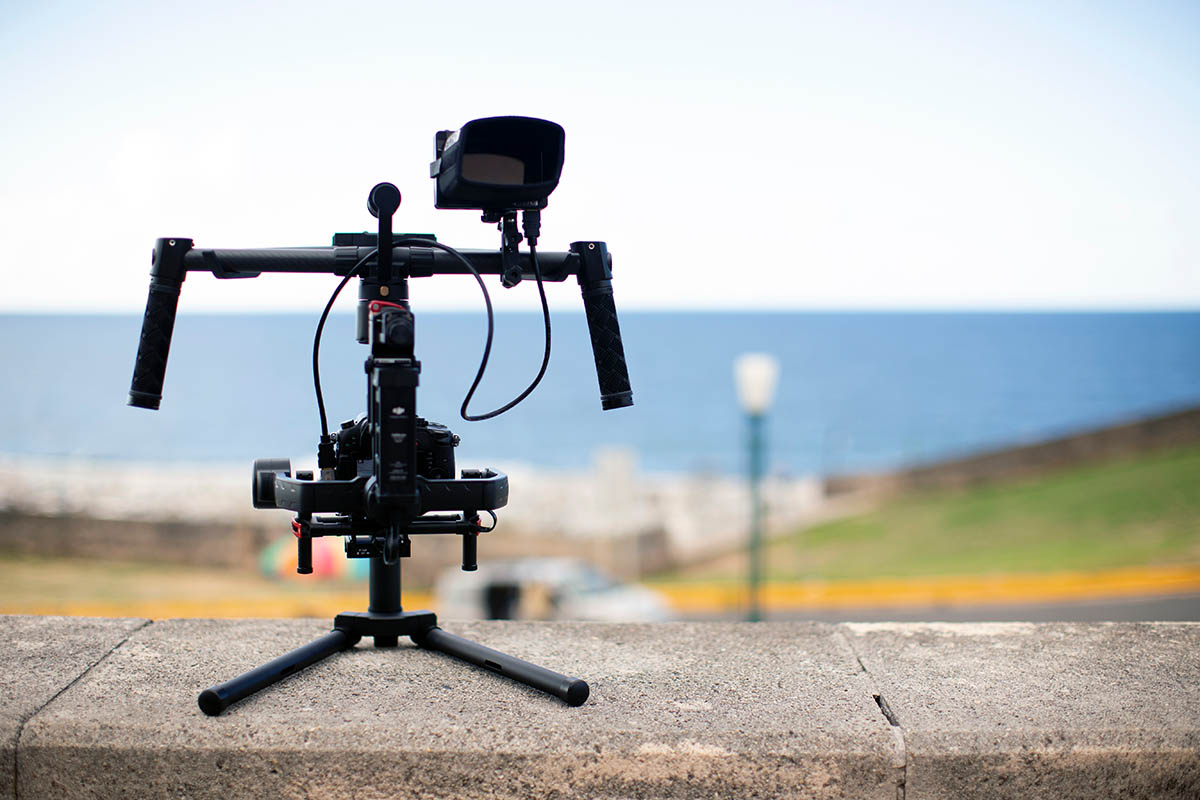What Is a Camera Gimbal and Do I Need One?
It doesn’t matter if you’re a beginner or a pro videographer or photographer; a camera gimbal can help you perfectly do your work.
If you’re going to take footage of an object running or jumping, your gimbal can take a smooth image.
A gimbal can be a revolutionary innovation in your cinematography career.
This can help you get rid of shaky footage and get steady and seamless footage.
This device will allow you to bring out all your creativity. Though this device is small, setting it for a recording only takes seconds.
However, gimbals are easily obtainable nowadays; getting smooth film doesn’t need much money or experience.
It’s now all about finding a suitable gimbal for yourself.
What Is A Camera Gimbal?
A gimbal is a gadget that seems like a selfie stick that can hold your camera steady. It’ll help you to take shaky footage that distracts the viewers. You’ll get a motor and intelligent sensors in a gimbal that will help your camera spin around and be stable.
A good gimbal helps a photographer and a videographer by gimbaling their cameras and allowing them to capture shake-free and smooth footage.
If you’re a pro photographer or filmmaker, you must have a camera like Sony A7iii.
Depending on your work type, you can have an affordable gimbal for sony a7iii.
You don’t need to worry about shaky shots when you have a gimbal for your camera.
Do I Need A Camera Gimbal?
Before purchasing any gimbal, you have to ask yourself, do you need a gimbal? If you’re a videographer, then the answer is yes. And here are some things that you can’t actually do without a camera gimbal.
- Smooth Tilt and Pan
A gimbal can be a highly effective tripod replacement. This is especially useful on guerilla-style shots, where you would not have enough time to put up a tripod or move it around. With the gimbal, you can pan and tilt the camera in the same way. This can be accomplished without touching your gimbal’s joystick. Rotating the gimbal and camera with your body is good to start.
- Moving Car Shots
Fast-paced long-distance sports, such as cycling or marathons, can be captured using a moving automobile or motorcycle. Your gimbal can easily capture this. You could aim your camera gimbal out the passenger window while holding it in your hands.
Alternatively, throw it out the window while filming. Based on your gimbal and the sport, you can also video while walking, running, or biking beside your subject.
- The Handover
One of the most appealing features of a video gimbal is its small size and weight. These features allow you to hand over the camera to another operator in the middle of a shoot. It allows for constant, uninterrupted shots that would otherwise be impossible. These types of shots are used in a parkour sports game. The videographers can stand on various levels and pass over the gimbal to others. Then take the footage while the object jumps and leaps over obstacles.
- Shoot Steady Stills
It, like a tripod, could significantly reduce camera shake during still shots. It would be best if you made an effort to remain still to achieve the most significant outcomes. If your shot has only slight movements, you can utilize a warp stabilizer to smooth them down.
- Crane Shots
Another trick gimbal photo is this one. Squat down with your camera gimbal, then slowly and steadily raise yourself. Consequently, you’ll get a neat small-scale version of a crane upshot that doesn’t need additional gear.
- Parallax
Parallax shot means 180 or 360 orbiting motion pictures and videos. When you shoot this footage with a gimbal, it’ll show the action from every angle and give smooth footage.
This shot can be used in various sports, but it works slower, while your object can be fixed or moving.
Indoor games like snooker, darts, or chess can be best for this. The closer you are to it, the better.
Gimbal Considerations
If you’re looking for a camera gimbal, check for a few factors before deciding on a specific type and model.
- Compatibility
Before selecting the final one, ensure that your gimbal fits your camera. Several gimbals fit a DSLR and mirrorless cameras at a time.
- Battery Life
Consider the battery runtime while purchasing the gimbal. The best battery will be the one that will run for 12 hours. Check if the battery is removed or not, and whether it is rechargeable. These factors will help you swap them in the middle of the shoot.
- Quality
If you purchase an excellent quality gimbal, this can give you the best durability and long-term use. That’s why you need to consider the quality construction, which will allow action shooting.
- Weight
The total weight of your gimbal will depend on use time. If you’re going to do a long shooting, then a lightweight gimbal will be better. A gimbal can be your handy travel mate on your trip too.
- Payload Capacity
A gimbal can support a certain amount of weight; based on this payload capacity; you can determine this. Choose a payload capacity that will match your camera’s weight and other components you use.
How to Properly Balance Your Gimbal?
To achieve the best results, you must learn to balance the gimbal.
No matter how great a videographer you’re, you can ruin your shoot if your gimbal is not balanced correctly.
When you properly balance your gimbal, you make it more responsive. Thus you utilize less battery power, and your device’s motor will not do any overwork.
Is It Worth Investing In A Gimbal?
There are several advantages to camera gimbals :
- Camera gimbals are lightweight and portable, which will help you to carry them smoothly.
- You can attach necessary equipment like microphones to them.
- You can record for long periods without becoming exhausted by using a camera.
- Compared to other professional equipment you use for shooting, a gimbal can be easy to put up.
- By using a gimbal, you can change the direction of your camera with ease, which will save you time.
- Your camera can grip your hand in a better position.
- You can link your gimbal with some apps, opening up a whole new world of exciting options.
- You can use them to film underwater as well as from the air.
Wrapping Up
Before the invention of gimbals, videographers and photographers could only move their cameras around by holding them in their hands or using a robust tripod.
They can now create steady shots anywhere they want with their gimbals.
These devices are considered superior because of their compact size and good portability.
Compose your footage with more planning and get a good outcome.






















